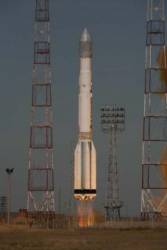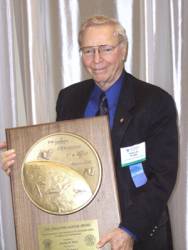Applanix Releases Mobile Mapping Software with Added Functionality
Applanix has introduced a major new release of POSPac MMS (Mobile Mapping Suite), its GNSS-aided inertial postprocessing software for mobile mapping and surveying applications.
The new release adds features and functionality for land-based mapping and surveying to the existing suite, making it fully equipped for processing mobile mapping data from the air, sea, and land platforms.
By Glen Gibbons







